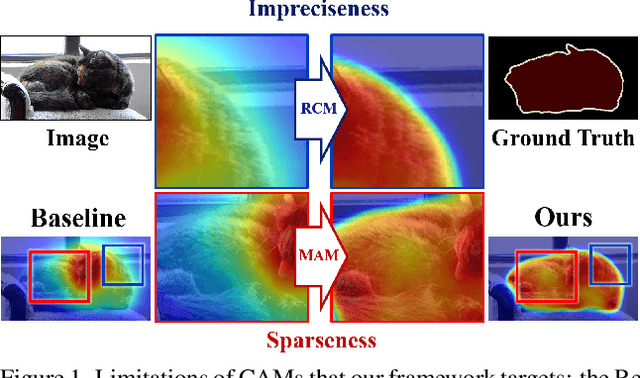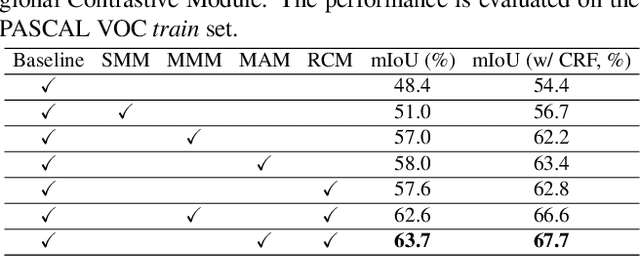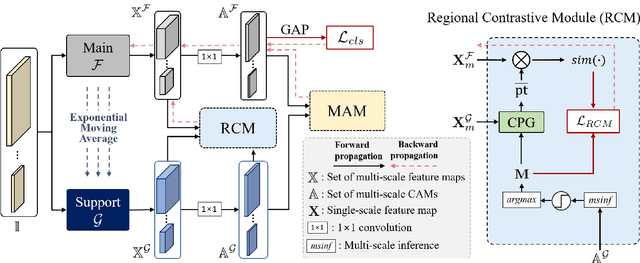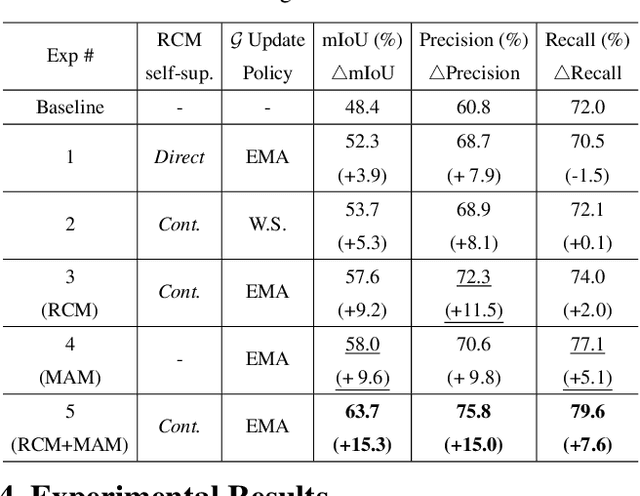Shinjeong Kim
Learning to Make Keypoints Sub-Pixel Accurate
Jul 16, 2024Abstract:This work addresses the challenge of sub-pixel accuracy in detecting 2D local features, a cornerstone problem in computer vision. Despite the advancements brought by neural network-based methods like SuperPoint and ALIKED, these modern approaches lag behind classical ones such as SIFT in keypoint localization accuracy due to their lack of sub-pixel precision. We propose a novel network that enhances any detector with sub-pixel precision by learning an offset vector for detected features, thereby eliminating the need for designing specialized sub-pixel accurate detectors. This optimization directly minimizes test-time evaluation metrics like relative pose error. Through extensive testing with both nearest neighbors matching and the recent LightGlue matcher across various real-world datasets, our method consistently outperforms existing methods in accuracy. Moreover, it adds only around 7 ms to the time of a particular detector. The code is available at https://github.com/KimSinjeong/keypt2subpx .
Exploring Pixel-level Self-supervision for Weakly Supervised Semantic Segmentation
Dec 10, 2021



Abstract:Existing studies in weakly supervised semantic segmentation (WSSS) have utilized class activation maps (CAMs) to localize the class objects. However, since a classification loss is insufficient for providing precise object regions, CAMs tend to be biased towards discriminative patterns (i.e., sparseness) and do not provide precise object boundary information (i.e., impreciseness). To resolve these limitations, we propose a novel framework (composed of MainNet and SupportNet.) that derives pixel-level self-supervision from given image-level supervision. In our framework, with the help of the proposed Regional Contrastive Module (RCM) and Multi-scale Attentive Module (MAM), MainNet is trained by self-supervision from the SupportNet. The RCM extracts two forms of self-supervision from SupportNet: (1) class region masks generated from the CAMs and (2) class-wise prototypes obtained from the features according to the class region masks. Then, every pixel-wise feature of the MainNet is trained by the prototype in a contrastive manner, sharpening the resulting CAMs. The MAM utilizes CAMs inferred at multiple scales from the SupportNet as self-supervision to guide the MainNet. Based on the dissimilarity between the multi-scale CAMs from MainNet and SupportNet, CAMs from the MainNet are trained to expand to the less-discriminative regions. The proposed method shows state-of-the-art WSSS performance both on the train and validation sets on the PASCAL VOC 2012 dataset. For reproducibility, code will be available publicly soon.
 Add to Chrome
Add to Chrome Add to Firefox
Add to Firefox Add to Edge
Add to Edge